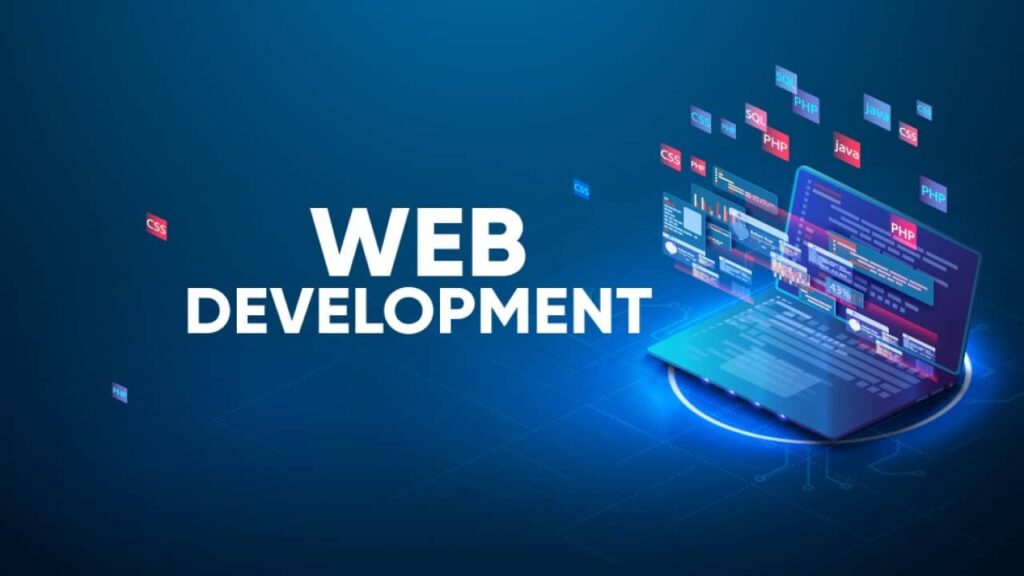The world of web development is dynamic and ever-evolving, requiring professionals to stay updated with the latest technologies and practices. A professional certification in web development can significantly enhance your career prospects, demonstrating your proficiency and commitment to potential employers. Here’s a detailed guide on a free course that can help you achieve a Web Development Professional Certification.
Course Introduction
Course Name: Web Development Professional Certification
Provider: [Insert Platform Name] (e.g., Coursera, edX, freeCodeCamp)
Duration: Self-paced (typically 6-12 months depending on the learner’s pace)
Level: Beginner to Intermediate
Prerequisites: Basic understanding of computers and the internet. No prior coding experience required.
Certification: Free, with a paid option for an official certificate (if applicable).
Course Structure
The course is divided into several modules, each focusing on different aspects of web development. Here’s a breakdown of the modules and what you can expect to learn in each.
Module 1: Introduction to Web Development
- Overview of Web Development: Understanding the basics of web development and the internet.
- HTML Basics: Learning the foundational language of the web. Topics include elements, tags, attributes, forms, and media.
- CSS Fundamentals: Styling web pages using Cascading Style Sheets. Topics include selectors, properties, layout, and responsive design.
- Project: Create a simple static web page.
Module 2: Advanced HTML and CSS
- HTML5: New features and semantic elements.
- CSS3: Advanced styling techniques, animations, transitions, and grid/flexbox layouts.
- Responsive Design: Building mobile-first websites using media queries.
- Project: Design and build a multi-page responsive website.
Module 3: JavaScript Basics
- Introduction to JavaScript: Understanding variables, data types, operators, and control structures.
- DOM Manipulation: Interacting with HTML elements dynamically.
- Event Handling: Responding to user actions such as clicks and key presses.
- Project: Build an interactive to-do list application.
Module 4: Advanced JavaScript
- ES6 and Beyond: Modern JavaScript features such as arrow functions, destructuring, classes, and modules.
- APIs and AJAX: Fetching data from servers and working with JSON.
- Asynchronous JavaScript: Promises, async/await, and handling asynchronous operations.
- Project: Create a weather app using a public API.
Module 5: Front-End Frameworks
- Introduction to React: Building user interfaces with components.
- State Management: Using hooks and context API to manage state in React.
- Routing: Navigating between different views using React Router.
- Project: Develop a single-page application (SPA) with React.
Module 6: Back-End Development
- Node.js Basics: Setting up a Node.js environment and understanding the runtime.
- Express.js: Building a RESTful API with Express.
- Databases: Introduction to MongoDB, working with Mongoose for database operations.
- Project: Create a simple RESTful API and connect it to a MongoDB database.
Module 7: Full-Stack Development
- Connecting Front-End and Back-End: Integrating the front-end React application with the back-end API.
- User Authentication: Implementing user login and registration using JWT (JSON Web Tokens).
- Deployment: Deploying the full-stack application to platforms like Heroku or Vercel.
- Project: Build and deploy a full-stack web application.

Module 8: Additional Skills and Best Practices
- Version Control with Git: Understanding the basics of Git and GitHub for version control.
- Web Accessibility: Ensuring websites are accessible to all users, including those with disabilities.
- Web Performance Optimization: Techniques to improve website speed and performance.
- Security Best Practices: Protecting web applications from common security threats.
- Project: Conduct a code review and optimize a given web application for performance and security.
Course Benefits
- Comprehensive Learning Path: Covers everything from basic HTML/CSS to full-stack development.
- Hands-On Projects: Practical projects help solidify your knowledge and build a portfolio.
- Self-Paced Learning: Flexible schedule allows you to learn at your own pace.
- Community Support: Access to a community of fellow learners for support and collaboration.
- Certification: Free certification upon completion, with an option to purchase an official certificate.
Getting Started
To enroll in the Web Development Professional Certification course, follow these steps:
- Register on the Platform: Sign up for an account on the course provider’s website.
- Enroll in the Course: Search for the “Web Development Professional Certification” course and enroll.
- Set Up Your Learning Environment: Install necessary software such as a code editor (e.g., Visual Studio Code), Node.js, and Git.
- Start Learning: Begin with the first module and follow the course curriculum. Make sure to complete the projects to apply what you learn.
- Join the Community: Engage with other learners through forums or study groups.
Conclusion
Earning a Web Development Professional Certification through this free course is an excellent way to advance your career in web development. The comprehensive curriculum, hands-on projects, and flexible learning pace make it accessible to beginners and those looking to deepen their knowledge. Start your journey today and unlock new career opportunities in the ever-growing field of web development.

